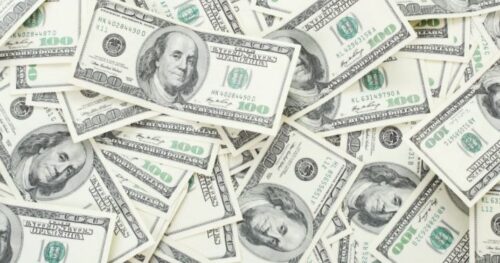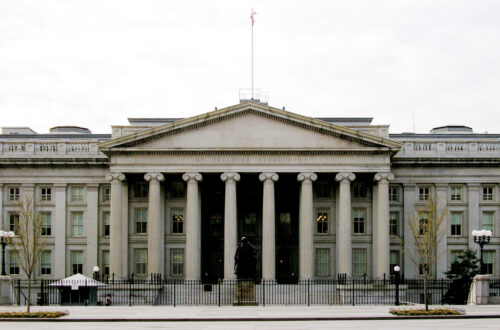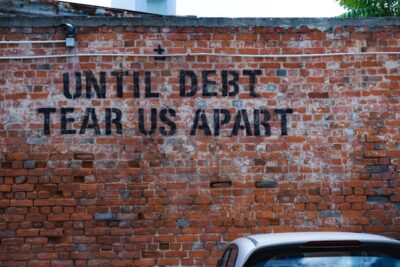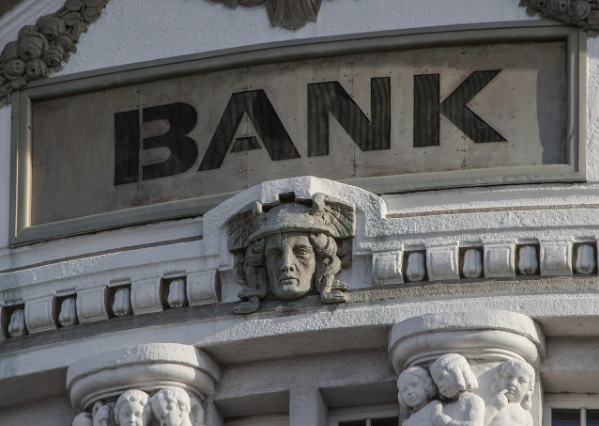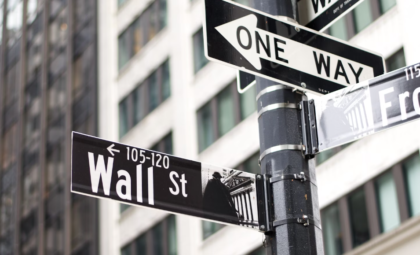M2 Money Supply and CPI Inflation. Part 1
We have found that the correlation relationships between various types of credit and inflation are variable over time. So far, the kinds of credit studied are government deficit spending,1,6 consumer credit,2 mortgage debt,3 nonfinancial corporate credit,4 and financial sector debt.5 Here, we examine the relationship between the total money supply (M2) and Consumer Price Index (CPI) inflation.7
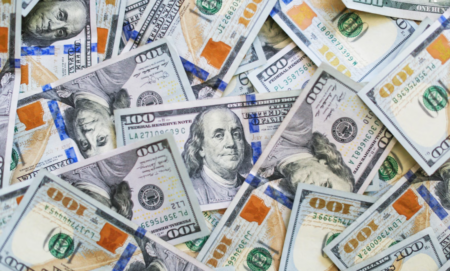
Photo by Giorgio Trovato on Unsplash.




